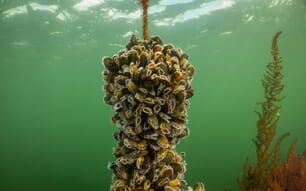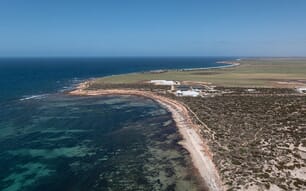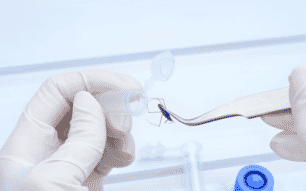SARDI researchers and the South Australian Pipi industry are working closely together to design the innovative packaging for the pipi, or Goolwa cockle, which will help producers expand the niche industry opening new markets both interstate and internationally.
The project has been awarded $12,333 in funding by the Department of Further Education Employment Science and Technology as part of the Innovation Voucher Program, a State Government initiative to support innovative local businesses.
Pipis harvested from the Lakes and Coorong Fishery under existing quotas will be used in developing and analysing the new packaging technologies.
Independent Chair of the Goolwa Pipi Harvesters Association Roger Edwards said the project supported the industry’s strategy for reform, which aims to ensure its Licence Holders remain sustainable despite pressure and competition from other domestic and imported clams.
“Our strategy is to develop a consortium to enhance product diversification and entry into premium food markets by developing a new range of consumer convenient and packaged pipis,” said Mr Edwards
“New packaging formats will enable us to reach new markets and consumers without sacrificing on quality or freshness.”
SARDI Senior Seafood Technologist, Karen McNaughton, said custom made packaging that extends shelf life and keeps the product fresh and tasty is a key to opening new markets.
She said seven different packaging formats would be developed as part of the project, with the ultimate aim of ensuring the pipis were able to travel long distances and remain alive or fresh for as long as possible.
“The new packaging will ensure that the post harvest pipi quality is maintained and meets changing consumer demands for more convenient, premium local seafood,” said Ms McNaughton.
“Each packaging system will be assessed for its technical performance through visual pack analysis, microbiological shelf life assessments and sensory evaluation by experienced seafood panelists.
Sensory analysis involving more than 50 ‘taste testers’ will start at SARDI’s sensory facility at the Waite Campus, Urrbrae, soon.
“The pipis will be fresh or blanched and will be packaged chilled or frozen under modified atmosphere or vacuum conditions. Each packaging format will then be assessed for its technical performance, market potential and customer satisfaction with the product.”
“A great deal of technology goes into finding the right packaging that extends shelf life, keeps a product fresh and tasty and is functional in a variety of ways,” added Ms McNaughton. “Among other things, it has to transport easily along the supply chain, be consumer friendly, open easily, provide the right serving portions, and provide space for marketing messages that also attract the consumer.”




